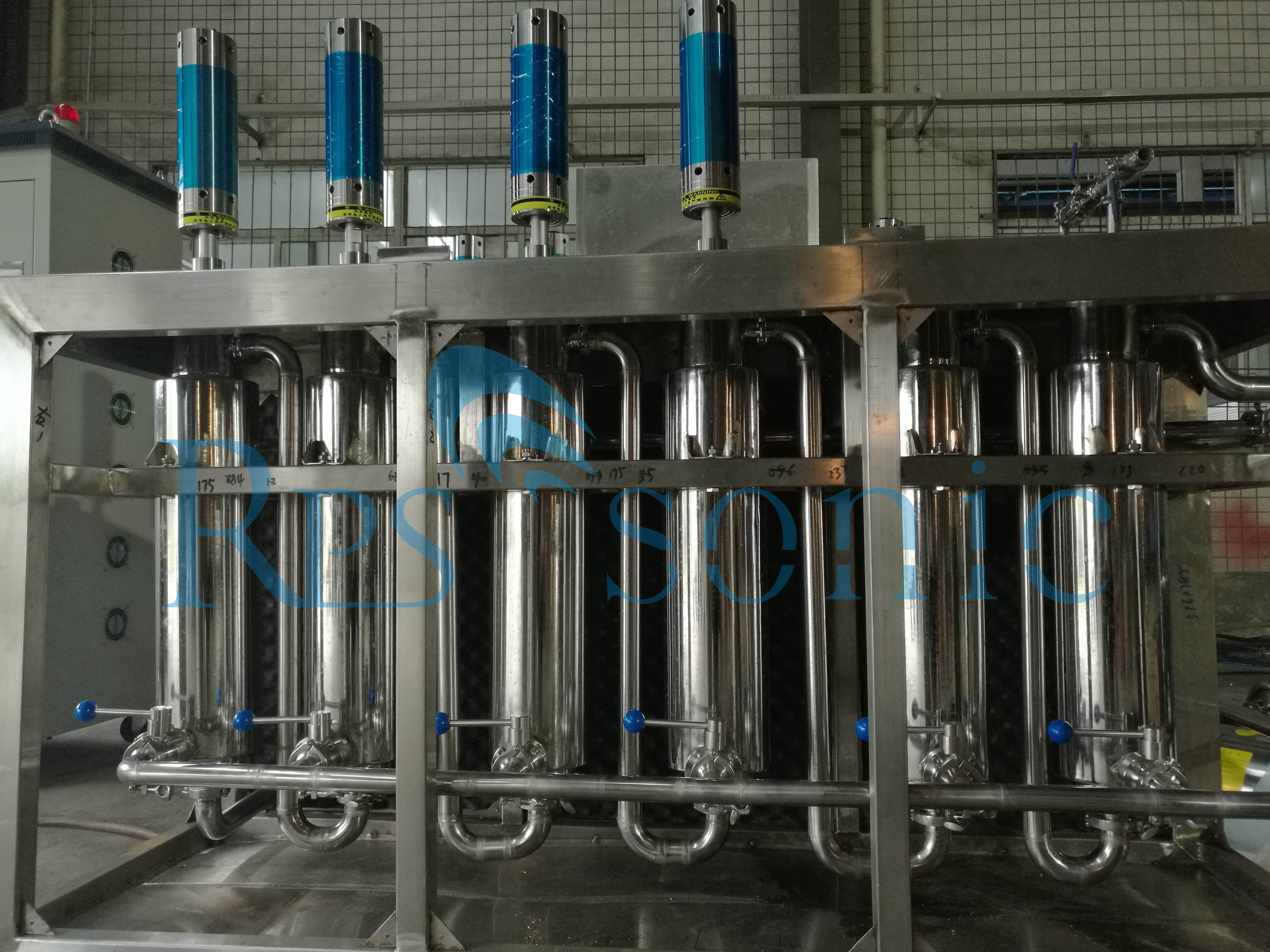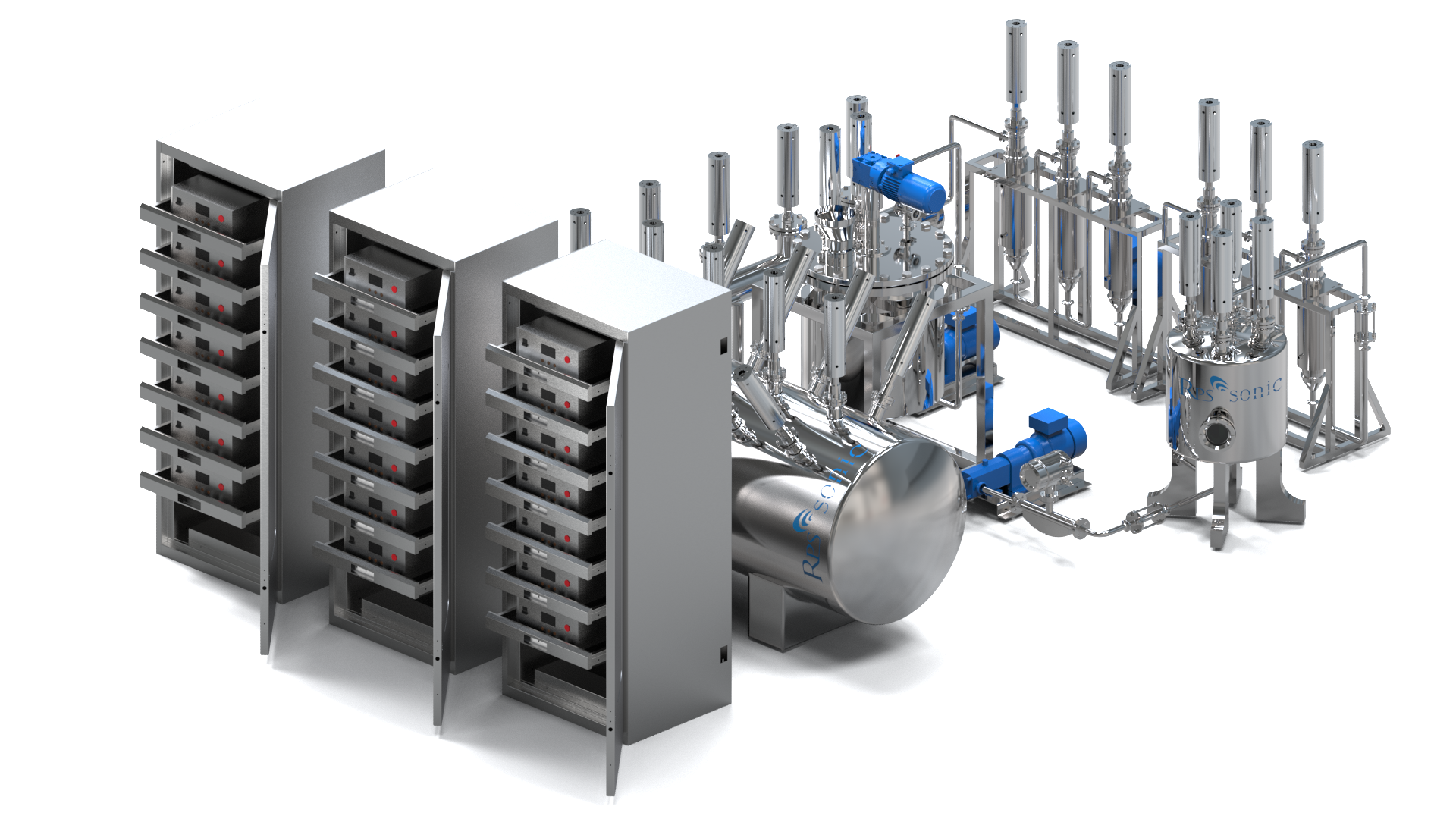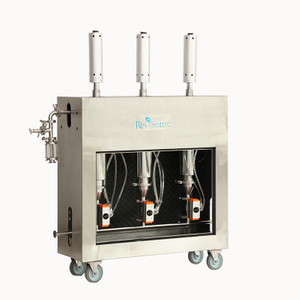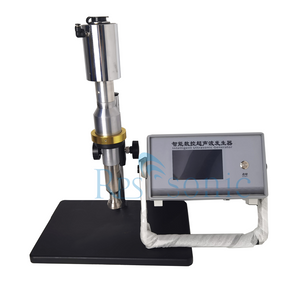Biogas originates from municipal organic waste, sewage sludge, residue, or manure, among other sources. Ultrasonic treatment enhances the digestion rate of this organic matter, resulting in more biogas and less residual sludge. Biogas is a byproduct of anaerobic or aerobic bacteria decomposing organic matter. It is primarily composed of methane, carbon dioxide, and hydrogen sulfide, making biogas a renewable alternative to fossil fuels such as natural gas.
The need to increase processing efficiency at wastewater treatment plants is driven by energy prices, chemical and sludge treatment costs, environmental legislation, and other factors. Ultrasonic decomposition of organic materials prior to digestion significantly improves biogas production. Ultrasonic treatment has enhanced the dewaterability of sludge and reduced the amount of residual sludge to be processed.
The raw materials used for biogas production consist of a mixture of various aggregations and coagulations, fibers, viruses and bacteria, cellulose, and other inorganic substances. Food waste, organic industrial and commercial waste such as fats or distiller's grains, serve as supplementary materials for mesophilic and moderately thermophilic digesters. Ultrasonic cavitation disrupts aggregates and cell structures. Sludge can be more easily dewatered due to the impact on the material's structural composition. Furthermore, the disruption of aggregates and cell walls improves the bioavailability of substances for bacterial decomposition within cells.

Ultrasonic technology has been increasingly utilized for the treatment of sludge and waste in various industries. Ultrasonic waves can effectively break down organic matter, disrupt cell structures, and facilitate the separation of solids from liquids. The application of ultrasonic treatment in sludge and waste management offers several benefits, including improved efficiency, reduced processing time, and enhanced environmental sustainability.
Benefits of Ultrasonic Sludge and Waste Treatment:
Enhanced Degradation: Ultrasonic waves can accelerate the degradation of organic compounds in sludge and waste materials, leading to more efficient treatment processes.
Cell Disruption: The cavitation effects produced by ultrasonic waves can disrupt cell walls and membranes, aiding in the breakdown of organic matter and the release of nutrients.
Separation of Solids and Liquids: Ultrasonic treatment can help in the separation of solids from liquids by promoting the flocculation and settling of particles, facilitating easier dewatering and disposal.
Reduced Processing Time: The intense physical and chemical effects of ultrasonic waves can reduce the processing time required for treating sludge and waste, improving overall operational efficiency.
Environmental Sustainability: By minimizing the need for chemical additives and promoting a more efficient treatment process, ultrasonic technology contributes to environmental sustainability by reducing the environmental impact of sludge and waste management.
Ultrasonic Sludge and Waste Treatment Process:
Pre-Treatment: The sludge or waste material is subjected to ultrasonic waves in a controlled environment.
Cavitation Effects: Ultrasonic waves create cavitation bubbles in the material, leading to the generation of intense pressures and temperatures within the medium.
Cell Disruption: The cavitation effects disrupt cell structures, break down organic matter, and facilitate the release of nutrients and compounds.
Separation: The treated material undergoes a separation process where solids settle out from the liquid phase, allowing for easier dewatering and disposal.
Post-Treatment: Further processing steps may be undertaken to ensure the efficient treatment and disposal of the separated components.

The application of ultrasonic technology in sludge and waste flow treatment can lead to various outcomes, such as:
· Increased biogas production
· Enhanced anaerobic digestion
· Improved C/N ratio for denitrification
· Improved settling behavior through degassing and floc disintegration
· Enhanced concentration processes for residual sludge
· Improved digestion and dewatering capabilities
· Reduced coagulant dosage
· Lower treatment costs due to decreased residual sludge post-digestion
· Reduction in the need for polymers
· Disruption of filamentous bacteria
Conclusion:
Ultrasonic technology presents a promising solution for the effective treatment of sludge and waste materials. By harnessing the power of ultrasonic waves, industries can improve their waste management practices, enhance treatment efficiency, and contribute to a more sustainable approach to environmental stewardship.
 English
English














